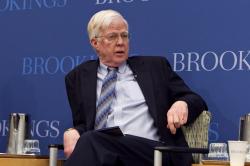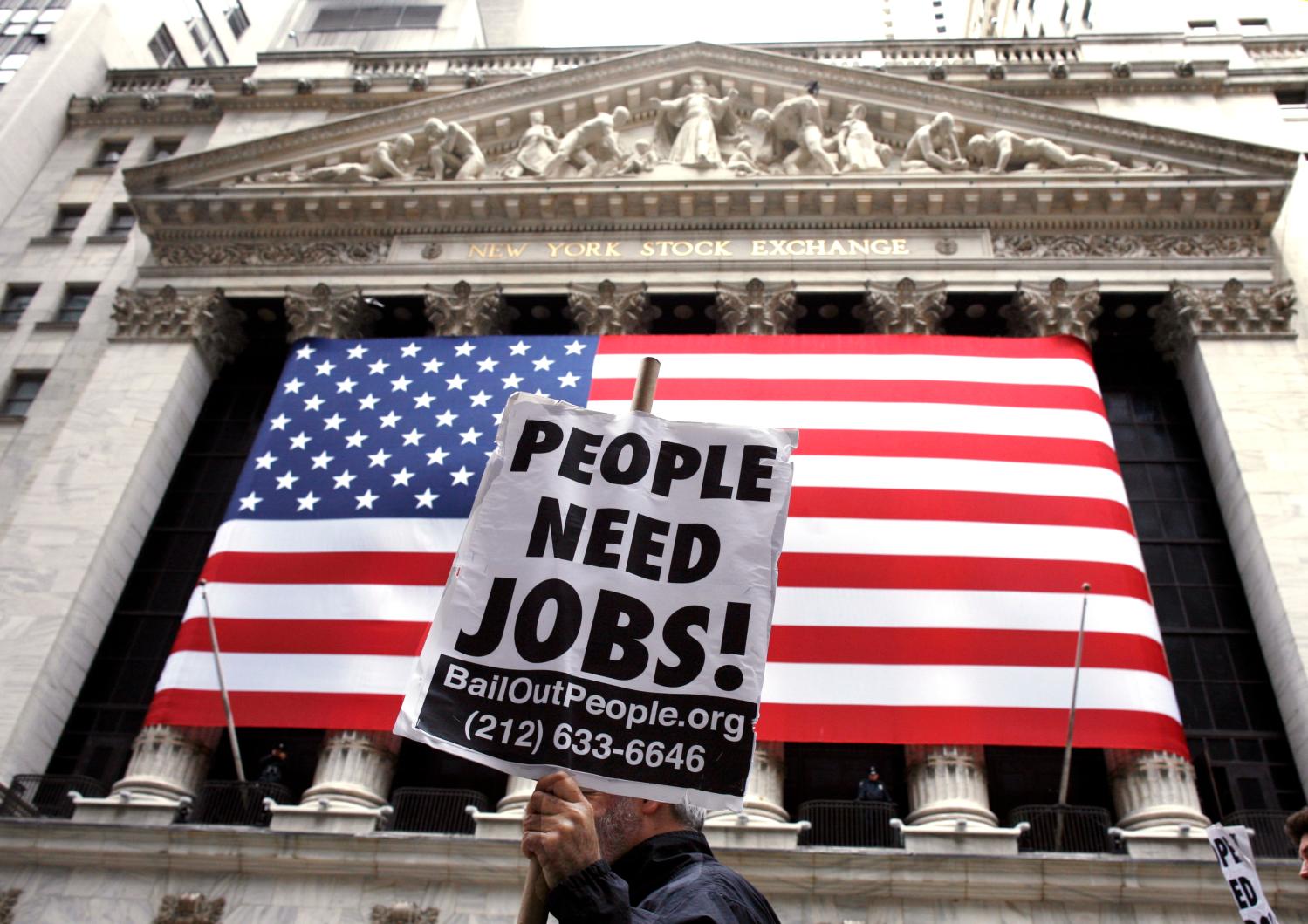We document the failures of the U.S. economy to generate a recovery from the financial crisis of 2008-09. The growth of aggregate demand is largely moving in parallel with the secular growth in potential output with only modest progress in reducing unemployment. We trace the weakness to residential and nonresidential construction and limited progress in resolving the problems of widespread negative equity positions in the housing market. The decline in housing values has also negatively impacted the revenues of state and local governments and forced a retrenchment of their expenditure programs. As an added complication, the business sector has reversed its normal role as a net borrower in financial markets. Businesses
have had
a depressive effect on economic activity by withdrawing more income as retained earnings–similar to a tax– than they
put back in investment spending. The responses of monetary and fiscal policies have been limited and controversial. Monetary policy was constrained by the zero bound on interest rates and turned to unorthodox forms of direct market purchases of securities. Fiscal policy was initially highly expansionary but is now in the midst of a major reversal. The unresolved problems suggest a long period of slow growth and higher than normal unemployment.
The 2008-09 recession was by a wide margin the deepest economic downturn since the depression of the 1930s, but it has been made even worse by the failure to generate a strong recovery. Unemployment shot up during the recession from 4½ to 10 percent of the labor force, and four years into the recovery, it remains at 7½ percent, far above the historical norm. This outcome has been a surprise because past US recessions, especially severe recessions, have shown a pronounced v-shape pattern: a sharp decline followed by an equally quick recovery. The deep recessions in 1974-75 and in the early 1980s were followed by strong recoveries, with annual GDP growth around 5 percent in 1976-78 and even higher in 1983-85. Why has this recession been so different?
Nature of the weak recovery
To understand why this recession is different from the past, it is worth looking at those prior recessions, what triggered their downturns and what facilitated their recoveries. A paper by Stock and Watson (2012) made a contribution to this task using time-series analysis of variance techniques (a dynamic factor model) to compare the 2007-09 recession to prior postwar cycles. They concluded that the dynamics of the 2007-09 recession were largely similar to prior postwar recessions, except the shocks were more severe and the financial sector played a larger role. The authors attribute the slow recovery to sluggish supply growth as opposed to a weak recovery in aggregate demand. In their words:
”……… although the slow nature of the subsequent recovery is partly due to the nature and magnitude of the shocks that caused the recession, most of the slow recovery in employment, and nearly all of that in output, is due to a secular slowdown in trend labor force growth.”
While there has been a substantial slowing of labor force growth, a major portion of that slowdown is itself a response to the recession and the lack of employment opportunities –discouraged workers who have left the labor force. Furthermore, the slowing of employment growth is far greater than just the reduced labor force growth. Thus, we do not agree that slow labor supply growth is the whole story of the weak recovery. Figure 1 compares the estimate of potential output made by the Congressional Budget Office and the path of actual GDP. The CBO’s estimate of potential output reflects the demographically-induced decline in labor force growth that Stock and Watson describe, but the recession opened up a gap between actual and potential GDP of 7½ percent by mid-2009. While the gap narrowed to 5½ percent by the end of 2012, the improvement has been largely due to a 2.0 percent downward revision in the level of potential GDP since 2009.[1] Figure 1 also shows that the rate of recovery has fallen far short of that in past recessions, which would have had the economy back to full utilization of potential by early 2012. In our judgment, output and employment in the US economy are demand and not supply-constrained. The fact that core inflation remains muted, even declining, despite massive monetary stimulus also reinforces this argument.
Figure 2 shows the labor market picture that lies behind Figure 1. The employment-to-population rate plummeted from 63 percent in 2007 to 60 percent in early 2009, and it has remained at that level for over five years. Stock and Watson refer to the decline in labor force as being “secular” rather than cyclical and this sentiment is also reflected in growing pressures among the policy community to accept the depressed conditions as the new normal. While a large part of the decline in labor force growth is secular, the result of changing demographics as the baby boom generation retires and the flow of new entrants to the workforce slows, not all of it is. Some of it is because of the prolonged weakness in the demand for labor. In this recession the fraction of the unemployed out of work for more than 6 months increased to 45 percent, compared to a prior postwar peak of 25 percent. A strong boost to aggregate demand could bring workers back into the labor force and result in upward revisions to the level and growth of potential output.
There is no shortage of explanations for the continued demand weakness, ranging from ongoing problems in the financial sector, the past buildup of excessive private debt, a weak global economy, and inadequate fiscal stimulus. However, after five years of weak recovery in which employment growth has barely matched the expansion of the working-age population, and unemployment has declined only because of the exit of discouraged workers from the labor force, the issue deserves a systematic examination.
[1] As discussed in a later section, the current estimate of potential GDP has been negatively affected by a smaller than anticipated growth in the labor force, a reduced rate of capital accumulation, and a somewhat lower rate of productivity growth.
The Brookings Institution is committed to quality, independence, and impact.
We are supported by a diverse array of funders. In line with our values and policies, each Brookings publication represents the sole views of its author(s).





